Anchoring day
Introduction
Through centuries, the ritual grew tender; endured but changed. Altars gave way to tables, honey cakes to frosted treats. Colorful balloons filled the air. Music played. Friends and family gathered close. Laughter was a promise followed by a silent wish, whispered behind closed eyes that tomorrow would be better. When the candles were blown out, smoke carried wishes upward - a breath away from fulfillment. And deep inside, a small, glowing hope lived on for the rest of the year: that someone had heard.
But wishes carry a different weight now.
The Cataclysm shattered more than cities and skies. It split the world’s skin. The Veil - the boundary between the living and what lies beyond - grew thin and porous.
What was once innocent became dangerous. What was once light transformed to shadow. A name spoken aloud might echo too far.
And the day of your birth revealed itself for what it had always been, even if the myths have forgotten: a moment of passage. A turning point that draws you closer to the threshold you crossed when you first entered this world. On that day, your soul echoes with its arrival, ringing through the Veil. That day, more than any other, the world feels you, sees you and might try to take you back.
Survivors learned that truth eventually.
And so the tradition changed.
Again.
The Anchoring
In the thirty years since the Cataclysm, survivor settlements have widely embraced the ritual of Anchoring, a fragile ward cast to protect souls at their most vulnerable: the anniversary of the moment they first crossed the threshold into this fractured world.
Skeptics, of course, remain. Some dismiss it as superstition. Others call it a hollow comfort whispered against the dark. But even those who scoff at the rite dare not cross a threshold alone on their birthday.
The ritual shifts from place to place. Some chant. Some burn salt. Some whisper the name in near silence. Yet across all variations, certain steps are followed in such detail it feels almost sacred: the fire must burn, the name must be spoken aloud, and no one may stand alone.
Lighting the fire
The Anchoring begins just before dusk. If the exact birth hour is known, the ritual aligns to it. If not, tradition defaults to sunset; the moment light begins to surrender.
The celebrant does not cross any threshold without another beside them. Until the next dawn, they are still considered in between.
The space is chosen with intention. In many settlements, entire rooms are set aside for this rite alone. It must be enclosed and secure. Doors and windows are sealed. Curtains drawn. Mirrors veiled in dark cloth. No running water. No electricity. The only permitted light comes from the flame lit for the ritual: a small, steady fire at the heart of the space.
Survivors believe that fire holds memory, like an anchor in flickering form. Yet it is the shadows cast by its flames that do the guarding. The fire outlines the celebrant, then swallows them in its silhouette, obscuring their presence from whatever might be watching through the Veil.
The Veiled-One
The celebrant - often called the Veiled-One, or simply the Anchored - wears mourning colors: ashen grey, ink-black, dulled blue, dry-blood red, bruised violet. Nothing bright. Nothing that gleams. Light invites attention, and attention invites risk.
The garments must be old, worn, gifted, or inherited. New things have no memory, survivors say, and memory is what holds the soul in place. Forgetting breaks the anchor.
A dark shroud is often worn across the face, etched with warding marks or stitched with thread soaked in ash or iron. The shroud remains on throughout the day. Others mark their skin in soot or bloodroot. Lines drawn across the brow, over the mouth, beneath the eyes. These are not for beauty. They are meant to blur; to smear the soul’s outline, to confuse whatever might be watching from beyond.
Guardians of the Threshold
Only trusted kin or chosen companions may attend. No strangers. No passersby. Only those who know the name of the one they seek to protect. This is not a celebration. It is a rite of soulhood: private, sacred, and sealed. All who gather are bound by silence until the name is spoken. Some circles are small, no more than two. Others stretch to twenty. But one thing remains unchanged across all: no one is ever left alone on the day their name thins.
The guardians form a circle around the fire and the Veiled-One. When ready, the name is spoken aloud: first into flame, then into a vessel of clear water held in the celebrant’s hands. At first, each voice calls the name alone. In time, all voices rise together, overlapping in rhythm and breath.
Survivors believe that the name, spoken by those who remember it, binds the celebrant to the living world. Each voice acts as a thread, anchoring what the Veil might try to reclaim. It is forbidden to write the name. Ink fades. Paper burns. A name written may drift. But a name spoken echoes.
Some guardians add salt or iron to the fire. Others cast dried herbs or small remnants of the passing year; a broken trinket, a worn ribbon, the last scrap from a faded journal. Symbols of a life endured, and a will to remain.
Humming is rare, but permitted if the melody bears memory. No idle words are spoken. What happens outside the circle, beyond the threshold, does not matter. Only the name. Only the fire. Only the voices that remember.
The Fire Decides
The ritual ends only when the fire allows it. No one may extinguish the flame. It must burn through on its own; slowly, completely. Survivors believe that forcing the end would break the binding, leaving the soul exposed. This may take minutes. Or hours. However long it lasts, none may leave the circle.
When the final ember falls, the name is spoken once more, this time through the Anchoring Song. The singing is quiet, steady, never rushed. It seals the rite as if binding the soul and the name into the body. Some offer a final breath into the ashes, as if surrendering the last of the old year’s self to feed the boundary.
By tradition, the Veiled-One receives one of the coals from the extinguished fire. Some carry it in a pouch for the year to come to serve as a token of protection. Others grind it into ash and mix it with ink or paint, marking the inside of their home with a warding glyph. A few bury it beneath their threshold, so their next crossing might be lighter.
When the ritual ends, the guardians and the Veiled-One share a quiet meal together. Though sweets are rare, most communities offer something small in tribute; most often a fruit pie, or if fortune allows, something made with honey.
There is no applause. Only warmth, silence and most importantly relief.
The name was held and the soul remains among the living.
Warnings for the Birthday
- Never say your own name aloud.
- Never blow candles on your birthday.
- Don't use mirrors, don't cross a threshold alone.
- If you happen to see your reflection and it moves, don't look twice.
- If someone knocks twice and says nothing, do not answer.
- Do not sleep where the wind can touch your face.
- If you hear your name being whispered and no one is near, hold your breath and stay silent.
- Do not speak to anyone who stands with their back to the fire.
When the Flame Goes Out
The fire fades.
The ash grows cold.
The circle opens.
The Veiled-One lifts their shroud, and their name - spoken, sealed, remembered - feels heavier in their chest.
The kind of weight that says: you’re still here.
Yet outside, the Veil presses on. The world hasn’t grown any safer. But for now, the soul remains intact.
Safe... at least for a while.
And still, no one truly knows -
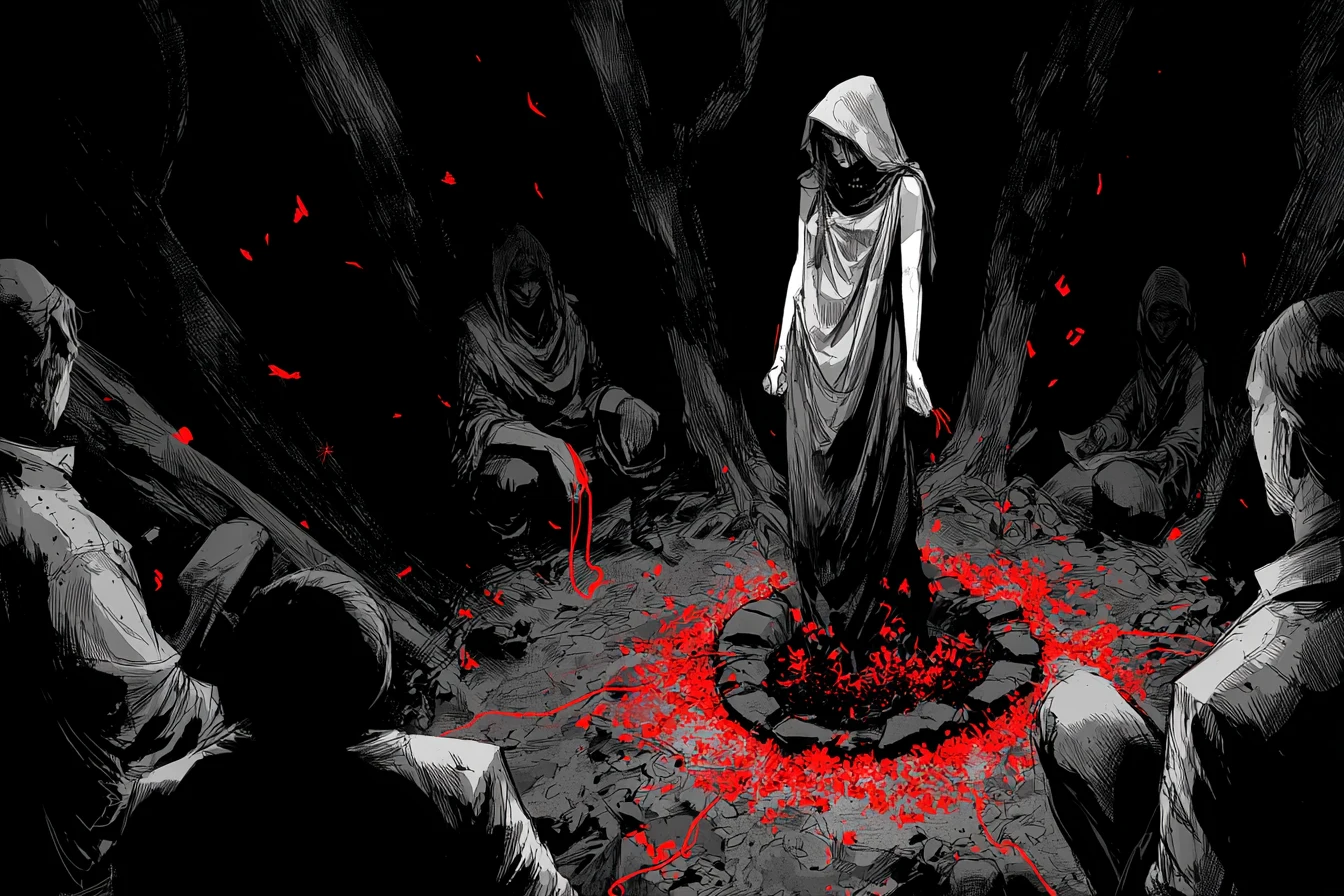
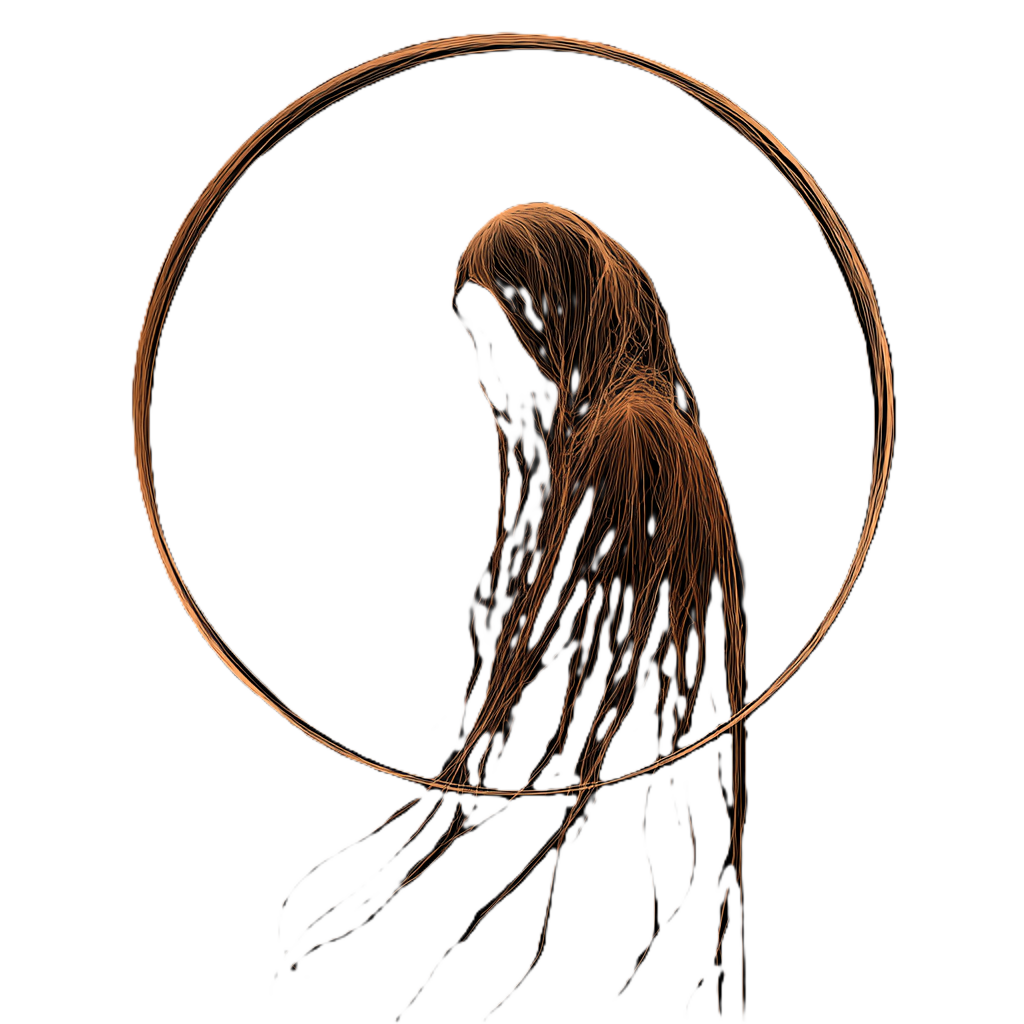
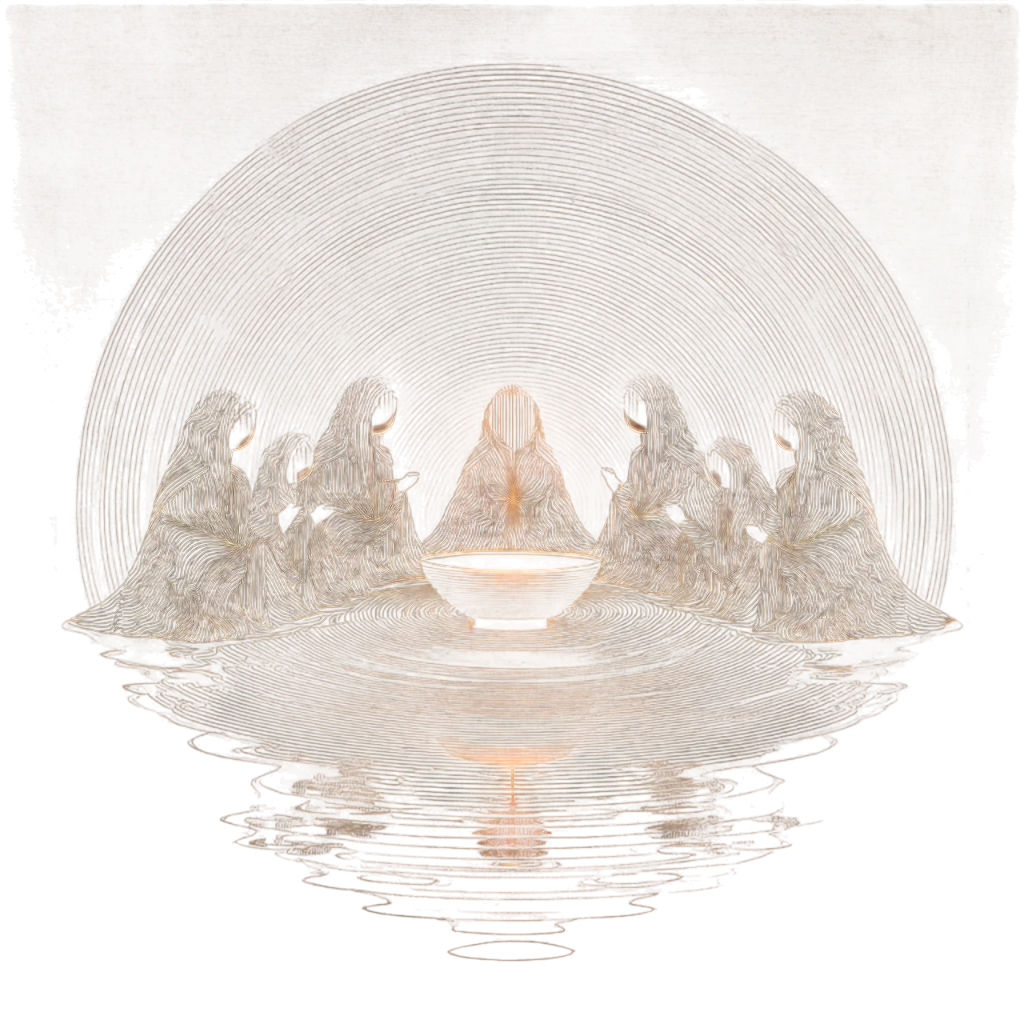
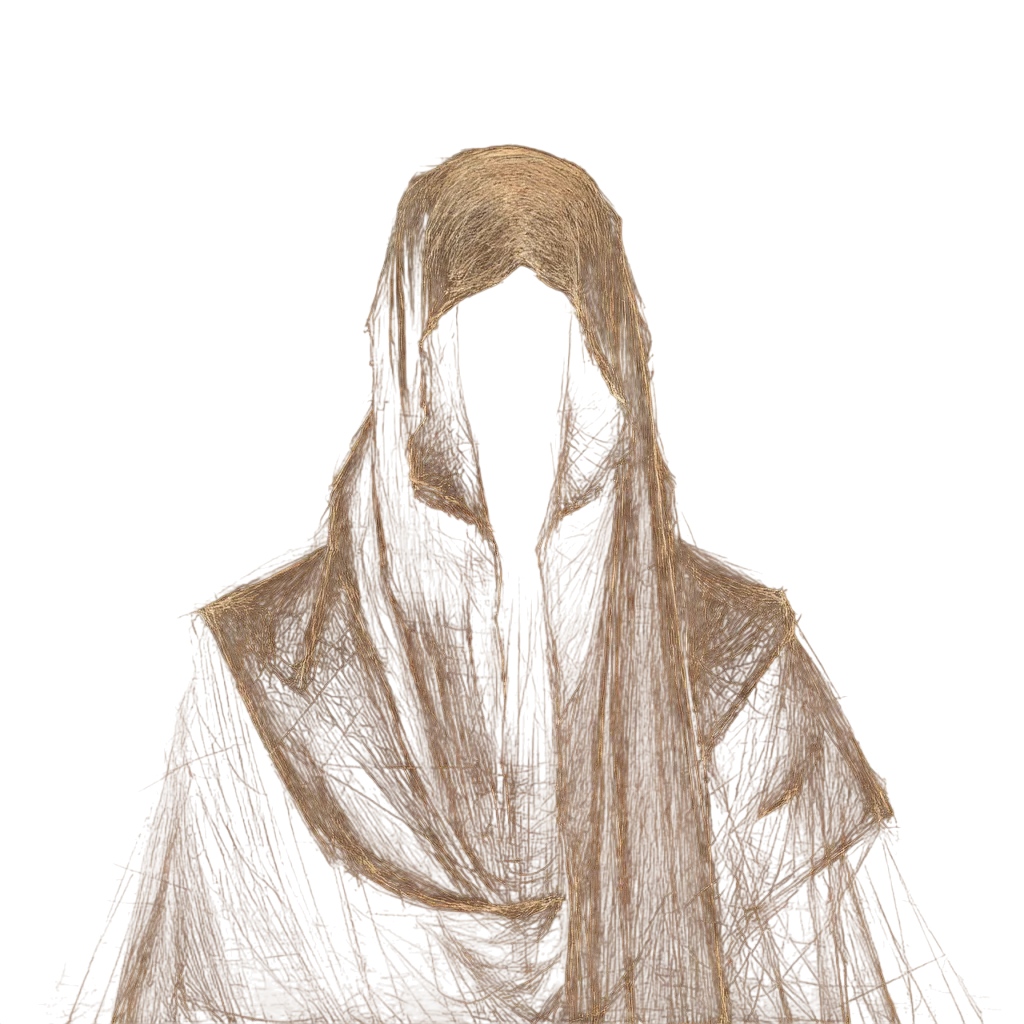
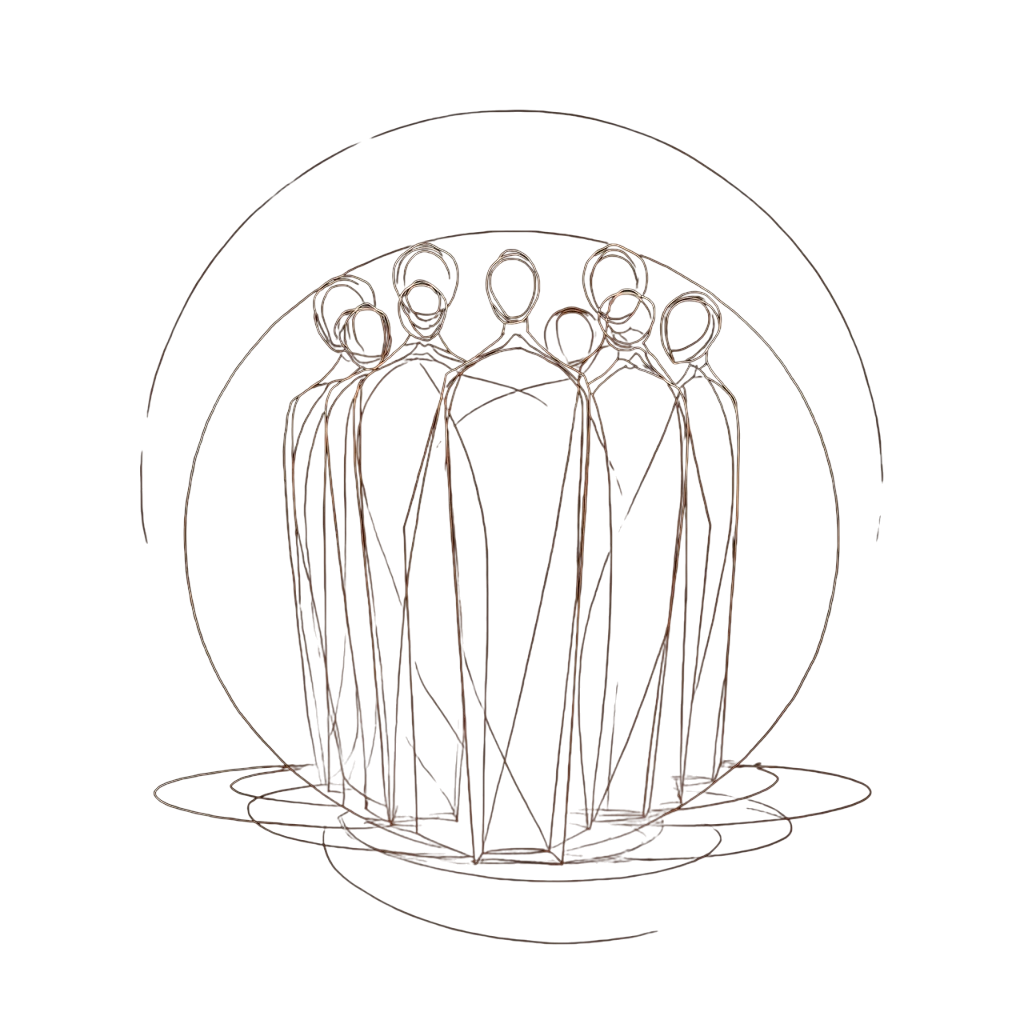
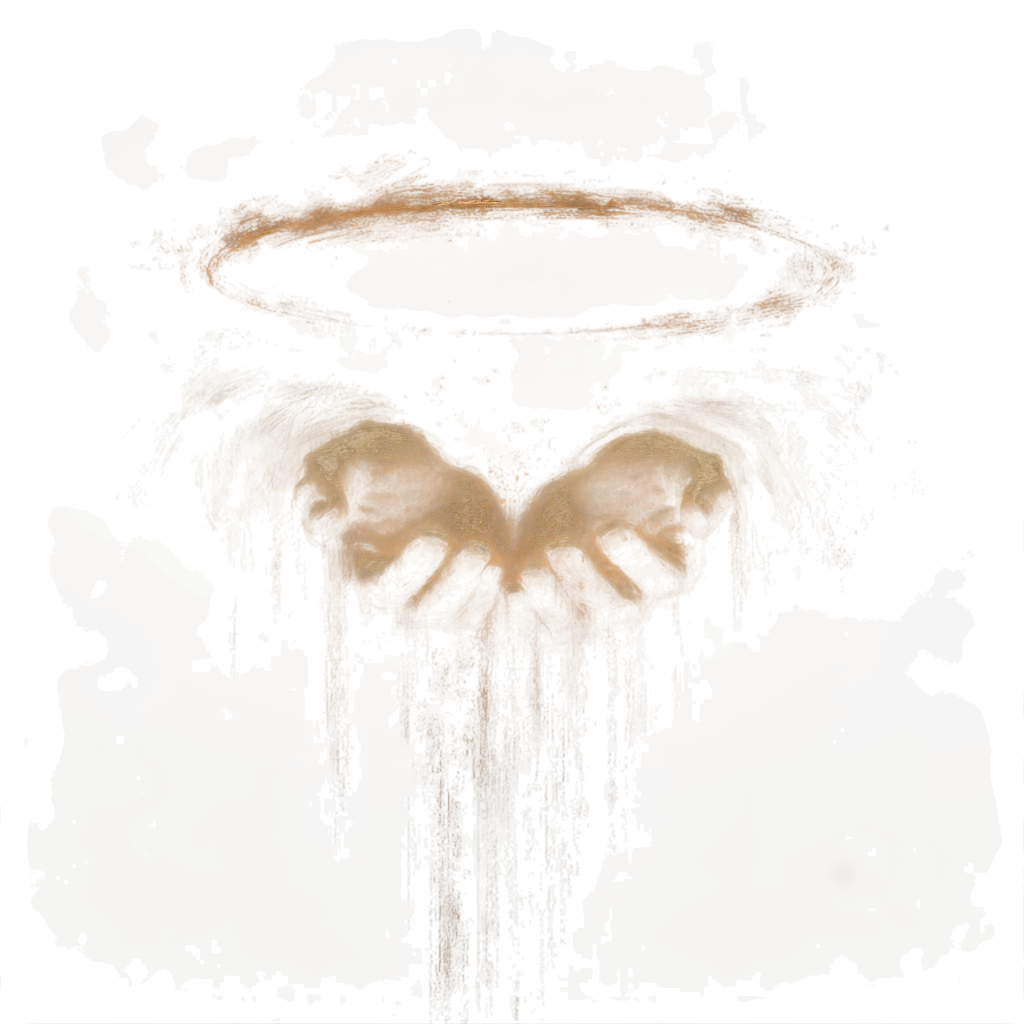




Thank you for making birthdays terrifying. :) No, really, this is actually a beautiful article, despite its horror. People gathering to make sure their loved one doesn't get taken will always bring hope.
Explore Etrea | WorldEmber 2025
Thank you and sorry for making birthdays terrifying :) I'm very glad you find it beautiful <3